EVERYTHING I CAN REMEMBER ABOUT MODERNISM WITHOUT GOOGLING ANYTHING
or
A SCRAMBLED FREE-WRITE, WISHING I HAD MY NOTES FROM ART HISTORY
or
A SCRAMBLED FREE-WRITE, WISHING I HAD MY NOTES FROM ART HISTORY
Modernism is a loaded term. And it's a label generally applied to an artistic time period roughly between WWI and Vietnam.
A lot was happening during this time, but generally speaking, art movements of this period were endeavoring to move away from artifice, illusion, and decoration. Artists in a variety of mediums were trying to uncover what was unique to their medium. In painting, painters were exploring the canvas and properties of the paint. In dance, instead of floating across the floor in a seemingly weightless ballet, modern dancers wore no shoes, and embraced the ground by rolling, stomping, and moving into and out of the floor. In photography, photographers decided to stop mimicking painting by creating blurry, painterly, and out-of-focus compositions, and instead attempted to realize what was uniquely photographic—an ability to create crisp, clinical and scientific renderings of its subjects (from this school of thought came the images of Ansel Adams and the f64 group, where every blade of grass was in clear focus. Alfred Stieglitz is another fascinating photographer from this time period, whose prolific career spanned both Modern and Pre-Modern movements).
A prominent sub-movement of Modernism within painting was Abstract Expressionism. In stark contrast to Renaissance ideals of the 15th Century, where artists where interested in creating the illusion of a "window" to another time or place, Modern paintings sought to dismiss artifice and illusion by admitting the flatness of the canvas. Furthermore, Abstract Expressionism was inspired by Sigmund Freud and the emerging field of Psychoanalysis. Whereas previous art movements had endeavored to capture elements of the outside world, they sought instead to capture elements of the inside world—thoughts, emotions, and layers of complexity hidden within the subconscious. Mark Rothko said that his paintings were about the "basic human emotions—tragedy, ecstasy, doom, and so on."
A lot was happening during this time, but generally speaking, art movements of this period were endeavoring to move away from artifice, illusion, and decoration. Artists in a variety of mediums were trying to uncover what was unique to their medium. In painting, painters were exploring the canvas and properties of the paint. In dance, instead of floating across the floor in a seemingly weightless ballet, modern dancers wore no shoes, and embraced the ground by rolling, stomping, and moving into and out of the floor. In photography, photographers decided to stop mimicking painting by creating blurry, painterly, and out-of-focus compositions, and instead attempted to realize what was uniquely photographic—an ability to create crisp, clinical and scientific renderings of its subjects (from this school of thought came the images of Ansel Adams and the f64 group, where every blade of grass was in clear focus. Alfred Stieglitz is another fascinating photographer from this time period, whose prolific career spanned both Modern and Pre-Modern movements).
A prominent sub-movement of Modernism within painting was Abstract Expressionism. In stark contrast to Renaissance ideals of the 15th Century, where artists where interested in creating the illusion of a "window" to another time or place, Modern paintings sought to dismiss artifice and illusion by admitting the flatness of the canvas. Furthermore, Abstract Expressionism was inspired by Sigmund Freud and the emerging field of Psychoanalysis. Whereas previous art movements had endeavored to capture elements of the outside world, they sought instead to capture elements of the inside world—thoughts, emotions, and layers of complexity hidden within the subconscious. Mark Rothko said that his paintings were about the "basic human emotions—tragedy, ecstasy, doom, and so on."
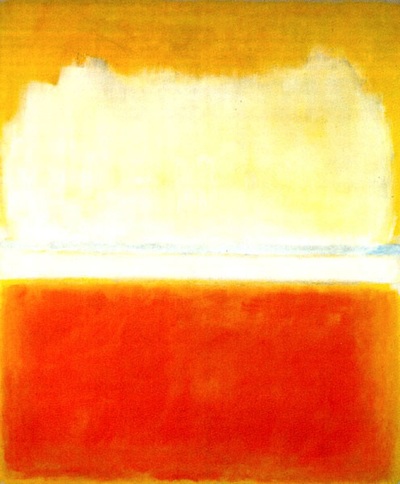
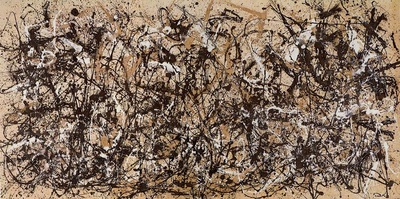
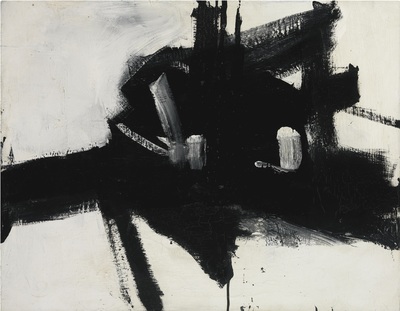
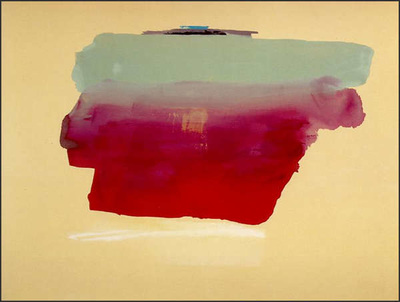
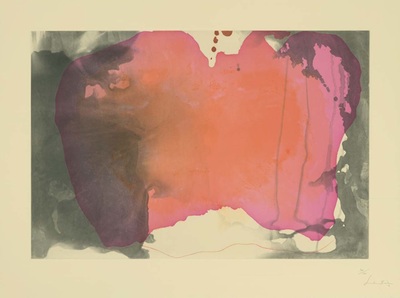
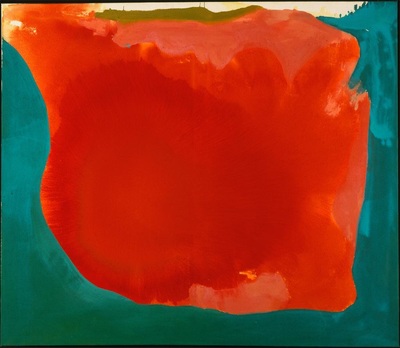
 RSS Feed
RSS Feed
